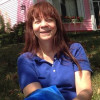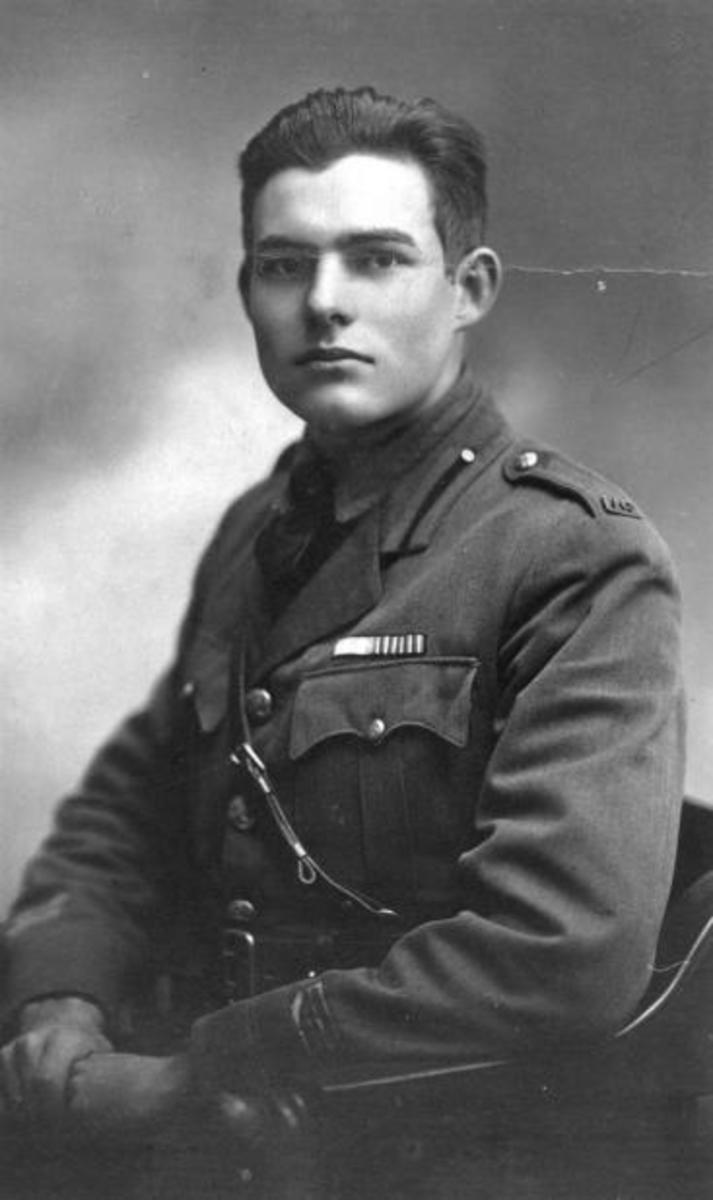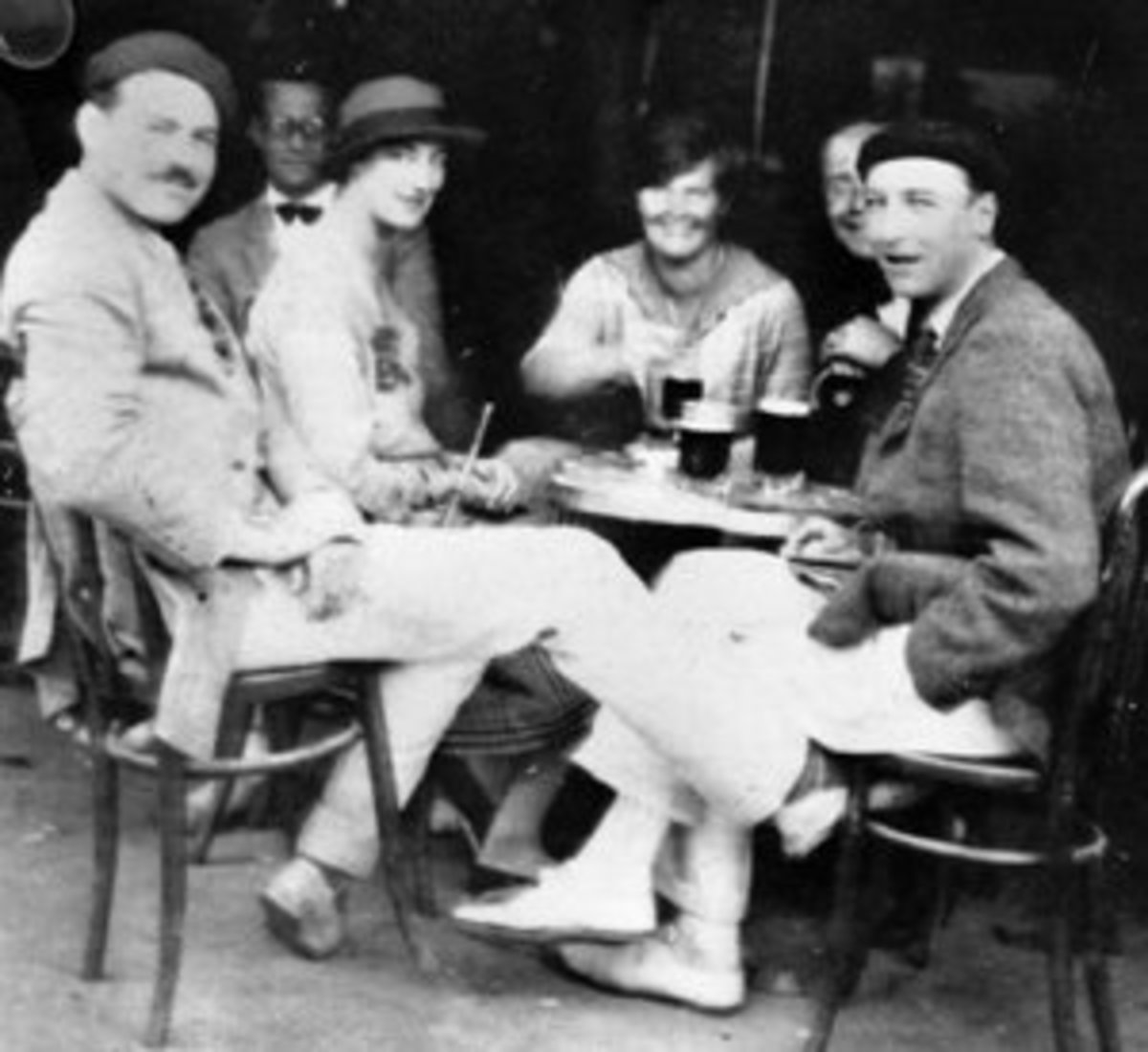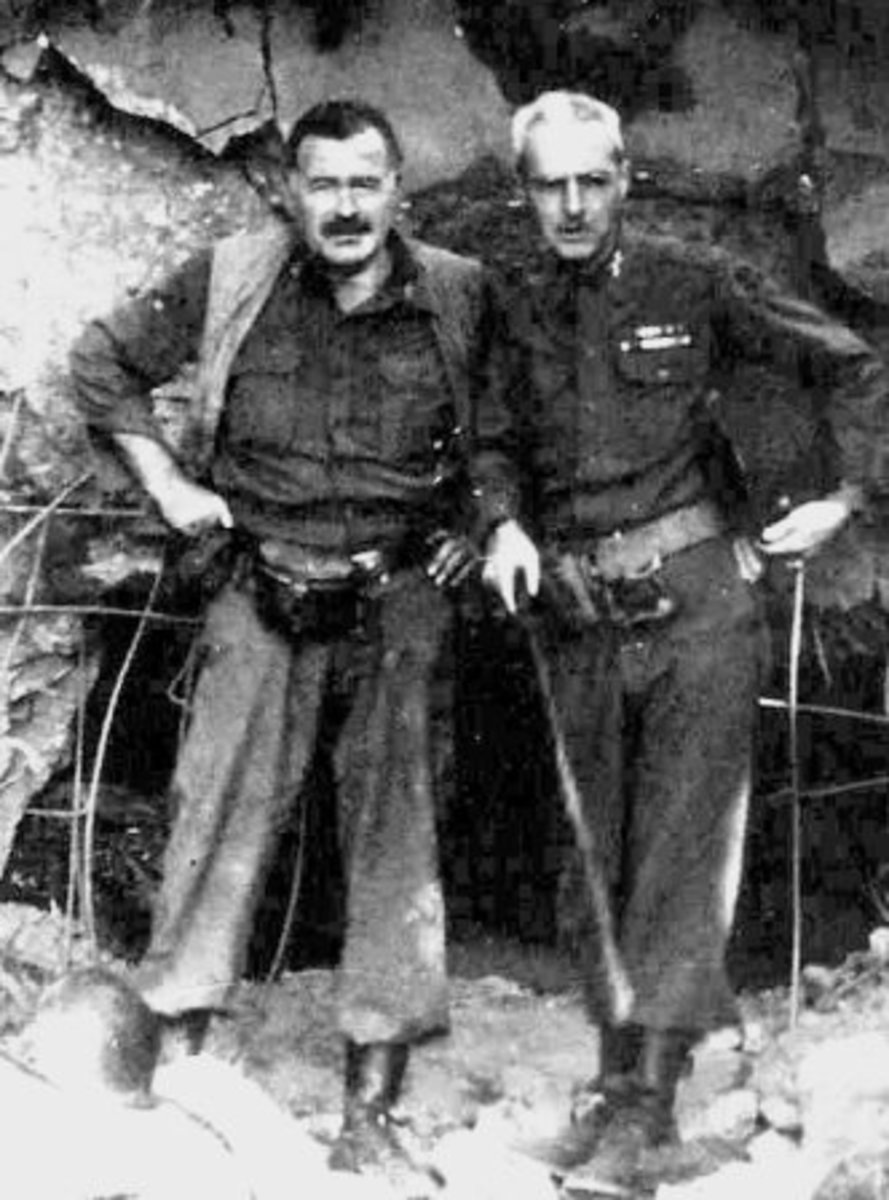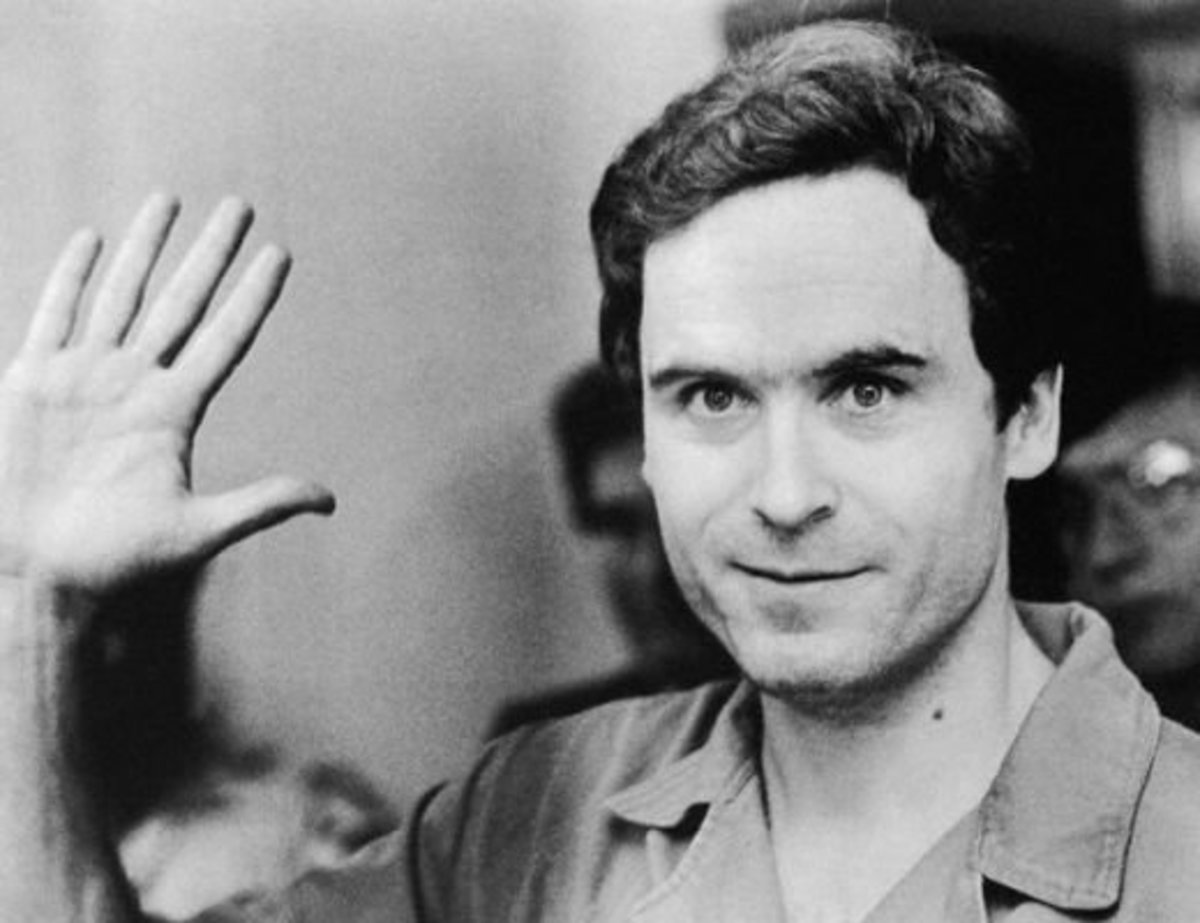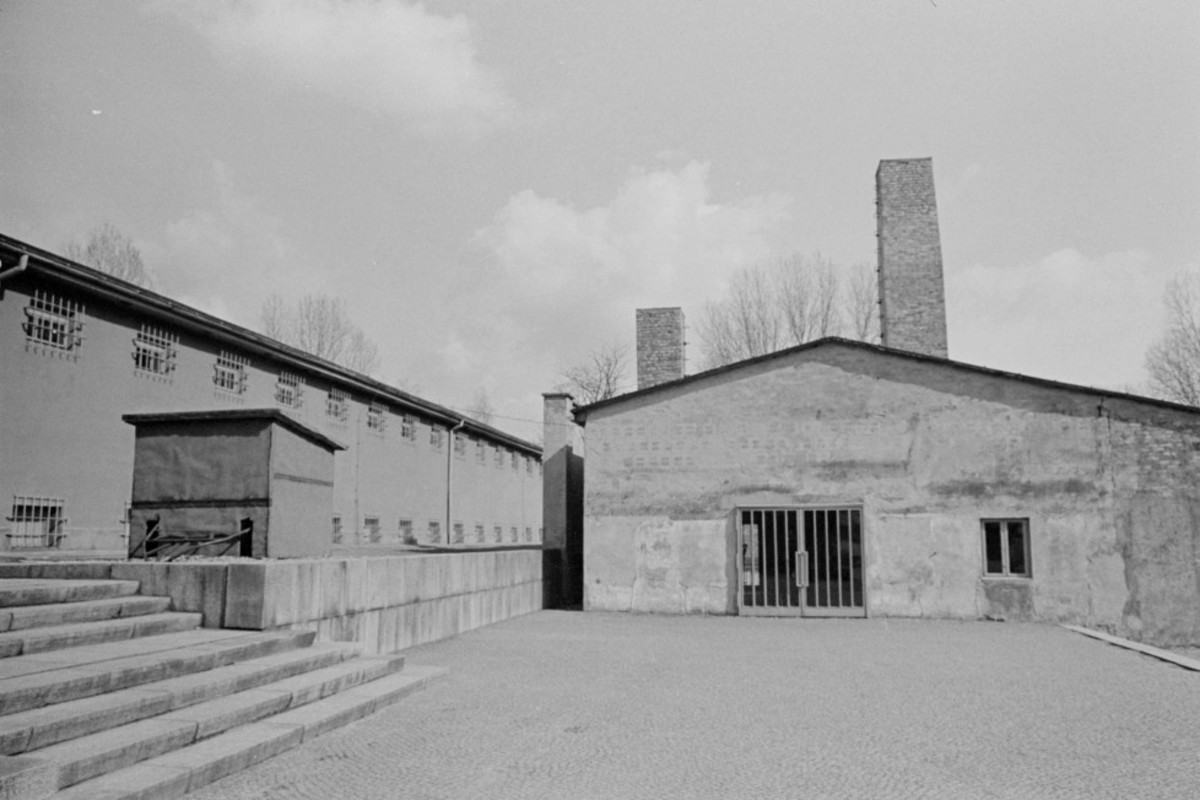Ernest Hemingway, the Man, the Gifted Writer
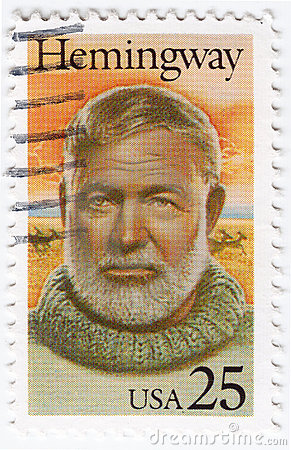
Ernest Hemingway
Identifying Information
Person’s Name: Ernest Hemingway
Sex: Male
Gender: Male
Age: 60
Sexual Orientation: Heterosexual
Race: Caucasian/White
Occupation: Author, Writer
Location of Residence: United States, Idaho, Ketchum (Bio, 2015a)
-
Chief Complaint/Presenting Problem
Hemingway: I have been suffering from depression. The depression has been with me for years now and getting worse. I am unable to continue with my writing and other activities I use to do because I am in this low mood of depression that I cannot shake. I always feel down emotionally, no energy, and not happy anymore. I have lost enjoyment in activities I use to enjoy. My sleep is not good because of the heavy depressive feeling and the negative thoughts that accompany this depression stay with me and keep me from falling asleep like I used to be able to do. When I am finally able to fall asleep, it is not long until I wake up all hours of the night due to negative thoughts waking me up. My eating habits are not good anymore. I eat very little because I just do not have much of an appetite anymore. I have been really depressed for years now. Depression and even suicide run in my immediate family. Even with the treatments I have received thus far, I have not gotten any better, and sincerely want to get better and enjoy life again and be productive. I would like to continue with my writing, but the Electro Convulsive Shock treatments have destroyed much of my memory. For this reason, I have become unable to write any more books.
-
Personal History
Ernest Hemingway was born at home on July 21, 1899, in Oak Park, Illinois, which is just south of Chicago (European Graduate School, 2012). His father was a physician who delivered Ernest at birth. Ernest was raised by his natural mother and father. Together, the family spent a lot of time at their cabin in the northern part of Michigan. This is where his love of fishing, hunting, the great outdoors, and being a sportsman began. His father also had a great love of sports, literature, and history. Ernest also loved these same things.
“Hemingway was only 18 when he signed up for the First World War – but it was as a non-combatant. He had a defective left eye, inherited from his mother, which kept him out of battle” (Walsh, 2011, p. 1). He served in World War I as an ambulance driver for the American Red Cross. He earned the Italian Silver Medal of Bravery for bringing a wounded soldier to safety in the combat zone. In war, he sustained injuries that landed him in the hospital, which is where he met his future first wife.
Hemingway also worked in journalism. He wrote several books, such as For Whom the Bell Tolls. In 1953, Hemingway won the Pulitzer Prize. In 1954, he won the Nobel Prize.
Ernest and his first wife moved to Europe to live. They divorced in the 1920s. Soon after that divorce, he married his second wife, and together they had a son. With their son, Hemingway and his second wife moved to the U.S. to live in Key West, Florida. During the 1930s, he wrote books and continued with his love of big game hunting, deep-sea fishing, and other sports. He had two sons by his second wife. Later, he and his second wife were divorced. Ernest went on to marry his third wife, then, purchased a farm in Havana Cuba, which became their winter home. In 1941, Ernest went into the Army and served in World War II as a correspondent. He was present during many key moments, such as the D-Day landing. He and his third wife divorced. Ernest went on to marry a fourth time.
In 1951, he won the Pulitzer Prize for his book The Old Man and the Sea. He also continued his sports adventures in Africa, sustained injuries, and survived at least a couple of plane crashes. In 1954, he won the Nobel Peace Prize in Literature. At this time, Ernest Hemingway began noticeably suffering from depression, high blood pressure, and liver disease. He wrote a memoir of his time in Paris. He moved to Idaho and permanently retired there. By this time, Ernest Hemingway was in the midst of battling both physical and mental problems. (Bio, 2015b)
-
Family History
Ernest was the second born of six children. He had one sister and four brothers.
His primary caregivers were his natural parents.
The family did not move around a lot.
His father was a physician who held many of the same interests that Ernest had acquired.
His parents stayed together even though his mother was abusive to his father who was a quiet, peaceful man.
His father also suffered from a mood disorder.
His mother was a domineering type. She had wanted a daughter when Ernest was born. His mother went on to dressing Ernest like a little girl and would call him Ernestine.
His mother was a religious woman.
Ernest enjoyed hunting.
There have been four suicides within five generations of Ernest Hemingway’s family – his father, three siblings, and a granddaughter.
Ernest was raised in Midwestern culture.
The people in the community he grew up in were predominantly Christian.
Democratic and Republican parties were the two political parties.
He grew up in a conservative community. (Bio, 2015c)
-
Therapy History
Prescription medications for bipolar disorder (Getzfeld & Schwartz, 2013)
Many electro-shock therapy treatments at Mayo Clinic (The Hemingway Resource Center, 2015)
Interventions were more electro-shock therapy treatments which did not benefit him
These interventions were appropriate for the patient’s culture and time period.
References
Bio. (2015a, b, c). Ernest Hemingway. The Biography.com website. http://www.biography.com/people/ernest-hemingway-9334498
European Graduate School. (2012). Ernest Hemingway biography. The European Graduate School, graduate & postgraduate studies. http://www.egs.edu/library/ernest-hemingway/biography/
Getzfeld, A., & Schwartz, S. (2013), San Diego, CA: Bridgepoint Education.
The Hemingway resource center. (2015). Ernest Hemingway biography>The last days. www.lostgeneration.com/lastdays.htm
Walsh, J. (2011, June 11). Being Ernest: John Walsh unravels the mystery behind Hemingway’s suicide. The independent (2015, June 24). http://www.independent.co.uk/news/people/profiles/being-ernest-john-walsh-unravels-the-mystery-behind-hemingways-suicide-2294619.html
Ernest Hemingway, Wrestling With Life (documentary)
© 2017 DLayne
